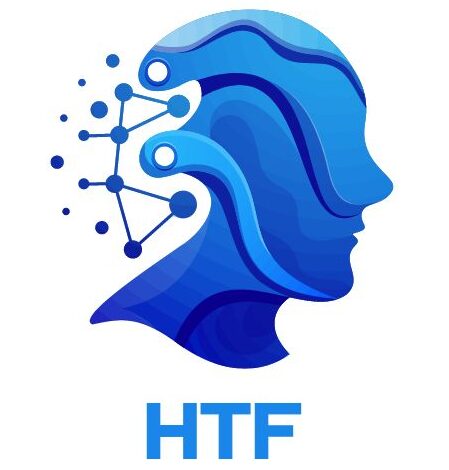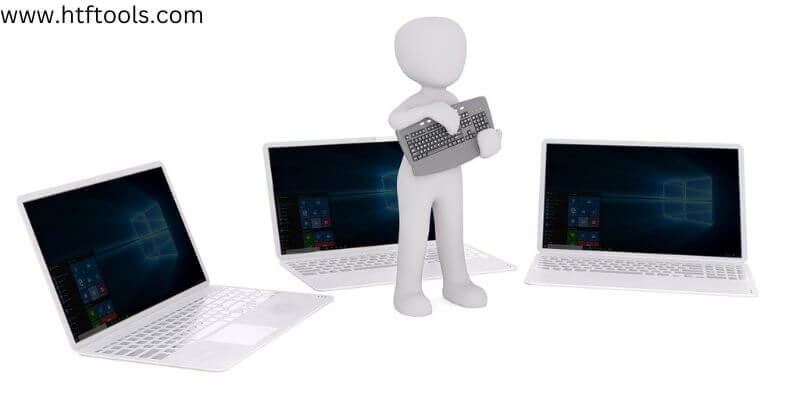Top 15 Tools to Convert 2D Images into Stunning 3D Creations

Introduction
As you can see in this blog Top 15 Tools to Convert 2D Images into Stunning 3D Creations. If you want to convert 2D images to 3D without much effort, there are dozens of tools available on the internet. So to give the brain a 3D illusion, a binocular diversity depth cue is added to most of these digital images.
Here’s a list of some of the best tools that can help you convert your photos to 3D almost instantly. Thus as we keep our focus on lightweight applications, the accuracy and detail of the resulting image may not be appropriate. Also, the items in the list are not arranged in any particular order. Also, you will not find any advanced software like 3D Max and Photoshop.
1. ConvertImage
This conversion allows you to create an online stereoscopic image instantly. So you don’t have to worry about details or provide any technical parameters. Through which just upload the picture. As well as supporting all popular image formats and you’re done. This tool then converts your images into a 3D illusion stereogram. Which gives you the illusion of depth. Through which to view these stereoscopic pictures, you can use any pair of tone glasses.
2. 3D Shade
This 3D Shade tool helps you to convert normal pictures to semi-3D rendering. It therefore uses unique algorithms to calculate the color intensity in an image and to create a false-height height relief from an accurate view. Through which the application comes with a simple interface. It contains enough information to tell you how to create 3D pictures. As well it only works with BMP and JPG image formats.
3. MakeSweet Logo
If you are looking for the easiest way to create a 3D logo, this is the perfect tool for you. So the MakeSweet logo allows you to customize the color, shading, and look of your creation. As well as being a lightweight, browser-based tool, it only works with black-and-white images. Then supports PNG and JPEG formats. Also for best results, try to keep the image dimension less than 1000 × 1000.
4. Clip Studio Paint
Clip Studio Paint Tool is a sophisticated graphics software. Which offers special features for drawing cartoons and com mix. So it lets you create a full-color com mix in 3D and convert “tone” and “profile” into a separate layer by running “level LT conversion”. In addition, the tool makes it fairly easy to change the tone settings, add improvements to the drawing line, and change many components to enhance the quality. As well as thousands of content available through Clip Studio Assets. Which you can use without paying any extra cost.
5. Image to Lithophane
This Lithophane tool is a photo ‘carved’ in a thin translucent porcelain ceramic material. In which the backlight reveals the contents. So although Lithophane is not always 3D printed, humans have been using it since the 1800s. In addition, the tool allows you to convert any image to Lithophane. As well as you can choose from six different shapes. You can then see the model and zoom and rotate in any direction before downloading the final STL file.
6. ZW3D
This ZW 3D tool is a CAD CAM application for 3D modeling, machining, and model design. So the micro .ft interface is specially designed for mechanical engineers to help optimize their design workflow and create efficient models in both 2D and 3D. Thus it is a lightweight tool. Which allows you to load Big models without losing performance. It also comes with a new set of algorithms. Which drives your design to panning, rotating, and zooming more quickly. The application then runs relatively faster than the others. Thus, for example, it takes only one minute to pattern 80 988060 faces with 44 448080 shapes.
7. Embossify
This embossing tool is a design online design utility service. Which is for converting images to JPEG format in 3D STL files suitable for 3D printing or CNC routing. As well as it teslalates the image file pixel-by-pixel. Thus not producing a complete topographic model of image brightness. In addition, the tool provides low-resolution rendering for free. Then you have too many images to process. So they will charge you less for high-resolution rendering.
8. Reliefmod
This relief tool provides an easy way to create a 3D model from a 2D picture. So it’s similar to Bass Relief. Which is one of the ancient sculptural methods. This involves drawing a picture from a flat surface. Which leaves the artwork behind as if on a solid background. Then you just need to upload an image with minimal shadows and adjust some parameters such as direction, quality, denomination, and ease factor.
Thus once you are satisfied with the look of your model. Plus you can turn it into a real budget using their product service. As well as you choose to move forward, you will find many options to customize the content, color, and size of the 3D model.
9. Smoothie 3D
This smoothie 3D tool makes printing as easy as possible. So it uses a single photo to create a digital online model. Which looks like what you get after scanning or photographic. So you have to do a little drawing to transform some parts of the image into textured 3D models. Also, you want an asymmetrical model with plenty of details. As well as this tool will not help much. Thus it does not require any plugins but if you are using an older computer, the tool will run slower.
10. SculptGL
Looking into this tool, if you want to get a better experience of 3D Sculpting Workflow, you should try SculptGL. So despite being a browser-based app, it is packed with hundreds of options to get your feet wet in 3D sculpting. In addition, we recommend that you do not create a high-resolution mesh in the beginning. Thus build a step-by-step level of detail with it. Start with very broad brushes to define the silhouette as well. Then switch to larger details using smaller brushes. Also once you get a good grip on this. You can then add small and intricate details like scars and wrinkles using a finer brush.
11. 3D Face Reconstruction
Looking at this tool, in 2017, British researchers unveiled an interesting AI-powered tool. Which turns your face into a 3D model. So the AI tool feeds the face multiple images from one image and pulls it out of the corresponding 3D models. Researchers have used a simple convoluted neural network to develop this. Which directly regresses the volumetric representation of 3D face geometry from a single 2D image. As well as you are interested in knowing how this whole system works, you can read this paper.
Thanks for reading Top 15 Tools to Convert 2D Images into Stunning 3D Creations, I hope you enjoyed reading this and got to know it.




